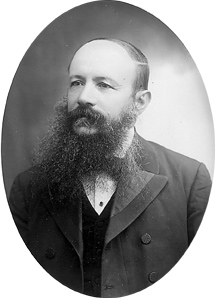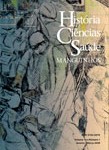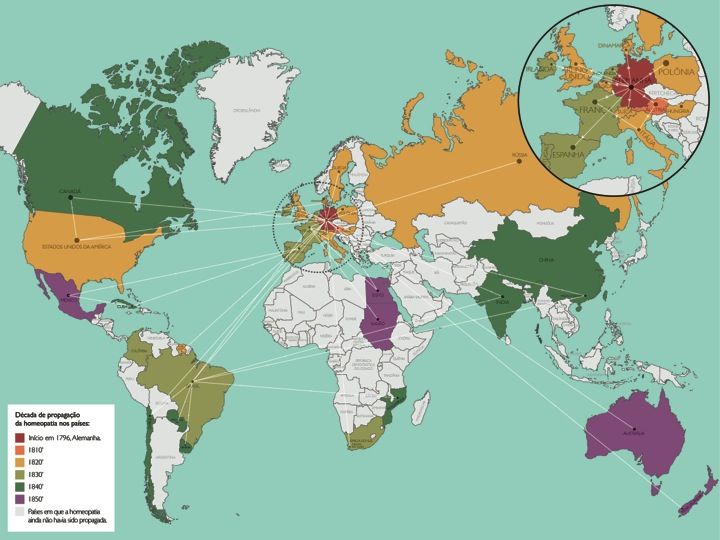The physician Andreas Vesalius was born 500 years ago in 1514; he died fifty years later, in 1564. He is best known for his Seven books on the fabric of the human body(commonly known as the Fabrica after its Latin title) published in 1543. It was a landmark publication in the history of medicine, with its large format, numerous woodcuts and detailed description of the structures and functions of the human body. Even larger, though much shorter, was a companion piece called the Epitome of the seven books on the fabric of the human body, published in the same year.
Cambridge University Library has a rich collection of sixteenth-century medical books, including four copies of the first edition, two copies of the second edition of the Fabrica, and a unique, coloured copy of the Epitome. These books were innovative in form and in content. In form, they were designed with features such as dissected bodies in various gestures, tailor-made initials, continuous background landscapes, and layered paper bodies. In content, they sought to revive first-hand knowledge of anatomy as the foundation of medicine.
Visit the online exhibition on the Cambridge University Library website.
Related article in HCS-Manguinhos:
Pedraz, Miguel Vicente. Body and society in the Libro de la anathomía del hombre by Bernardino Montaña de Monserrate: an anatomist’s political dream. Hist. cienc. saude-Manguinhos vol.20 supl.1 Rio de Janeiro Nov. 2013.








